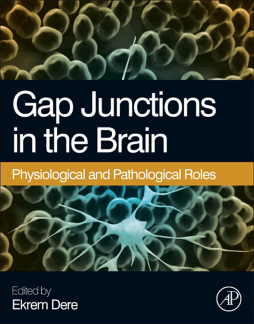
Additional Information
Book Details
Abstract
Gap junctions between glial cells or neurons are ubiquitously expressed in the mammalian brain and play a role in brain development including cell differentiation, cell migration and survival, and tissue homeostasis, as well as in human diseases including hearing loss, neuropathies, epilepsy, brain trauma, and cardiovascular disease. This volume provides neuroscience researchers and students with a single source for information covering the physiological, behavioral and pathophysiological roles of gap junctions in the brain. In addition, the book also discusses human disease conditions associated with mutations in single gap junction connexion genes, making it applicable to clinicians doing translational research. Finally, it includes reviews of pharmacological studies with gap junction blockers and openers, summarizing information obtained from phenotyping gap junctions mouse mutants.
- Serves as the most current and comprehensive reference available covering the physiological, behavioral and pathophysiological roles of gap junctions in the brain
- Chapters summarize knowledge of the basic physiology of gap junctions in the brain, as well as of human disease conditions associated with mutations in single gap junction connexin genes
- Includes reviews of pharmacological studies with gap junction blockers and openers, summarizing information obtained from phenotyping gap junctions mouse mutants
"Dere…introduces types of gap junctions, their structural aspects, expression patterns of connexins (transmembrane proteins), and gap junction- related diseases due to mutations in connexin genes. International researchers working in this emerging field discuss specific connexin genes and their mechanisms of action and function in the developing neocortx, behavior, and neurological and neuropsychiatric diseases." --Reference and Research Book News, February 2013
